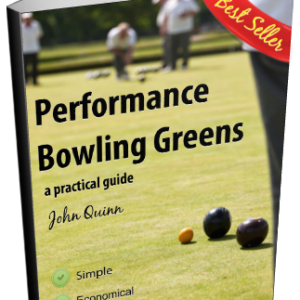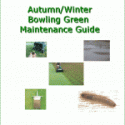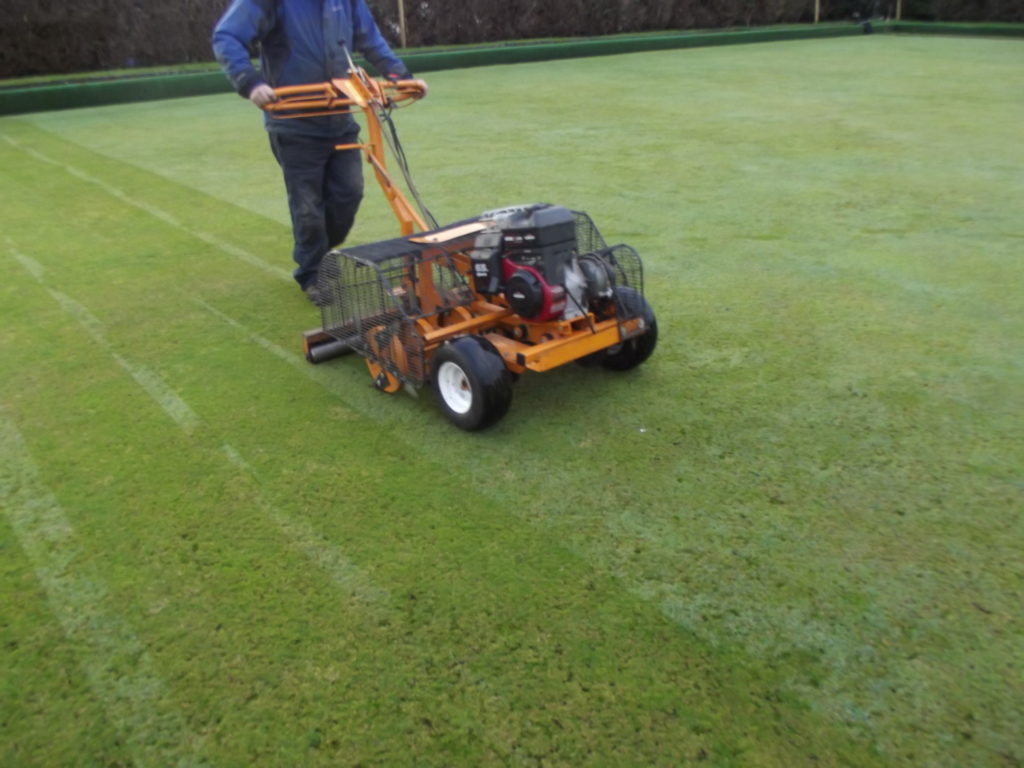The somewhat uncomfortable truth is that we as greenkeepers are actually part of the massive worldwide agriculture industry.
Very few products or technologies ever see the light of day based purely on the needs of bowling clubs or even the much larger golf segment of the fine turf and sports industry.
No, most of the things we use are direct descendants of agricultural or other industrial products or at least are supported by agriculture’s huge global enterprise.
Every chemical pesticide we use is a direct copy of a product which has a use in growing crops; every fertiliser product is a result of agricultural research and manufacturing processes; even our mowers are based on a machine originally used for trimming in the massive Victorian carpet and textile industry.
Its very interesting to see as part of this discussion the current and on-going dilemma that faces farming. The burgeoning world population means that we have to grow more and more food on fewer and fewer hectares of ground. This ensures that agriculture will continue to be a cutting edge area of scientific research and that as a result we can look forward to continued and constant enticement to try out a multitude of new products and techniques on our bowls greens in the future.
However, there is one train of thought in agriculture and in society in general that is much closer to the one we need to nurture for the assured excellence of our bowls greens in the future, and that is ecological sustainability.
To accompany this goal of sustainability within agriculture there is a renewed interest in the common sense concept of healthy living soil and that is where we need to start on our road to an excellent,
high performance bowling green.
Incidentally, there is an excellent program on the BBC iplayer that explains the mechanics of soil ecology very well. You can still access it here.



